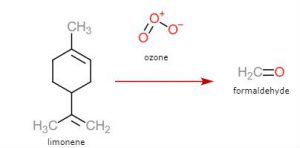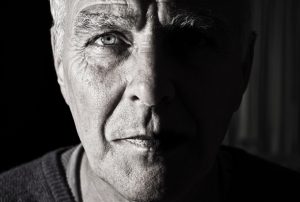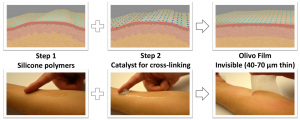As we live our daily life, there are some products we need to use on a daily bases. One of the products we cannot leave out is shampoo. Even though we use shampoo everyday, we may have to pay close attention to what it is made of.
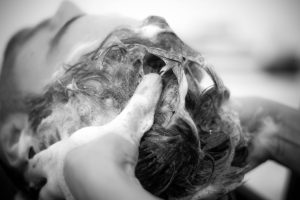
(CC0 Creative Commons, From Pixabay)
Shampoo contains many chemical substances. There are many people who try to avoid chemical substances and it is not difficult to find those who make their own shampoo or choose products that are made of organic sources. Why do we need to care about the product which so many people on earth use daily without questions?
Many shampoo products contain 1,4-deoxane and diethanolamine, which are used to make bubbles and make the shampoo more efficient in cleansing. These substances can be hazardous to us, damaging nervous system and even causing cancer if exposed for a long time.
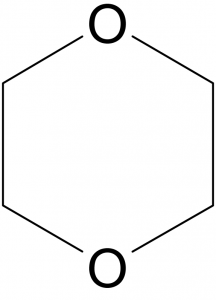
structure of 1,4-dioxane (Source: Wikimedia Commons)

structure of diethanolamine (Source: Wikimedia Commons)
1,4-dioxane is not used as a material to make a shampoo, but rather, it is produced during the process of making shampoo, depending on the substances used. Therefore, it is very difficult to avoid 1,4-dioxane completely. Researches have found that 1,4-dioxane can be absorbed through skin or be inhaled to cause serious damage. If we are exposed to 1,4-dioxane, it can cause irritation on mucous membranes of eyes and nose, and dizziness. If with great exposure for a long time, it can even cause death.
Diethanolamine, on the other hand, is widely used as a surfactant to make shampoo. It can be absorbed through skin as well, causing irritations to skin and eyes, and further damage kidney.
To avoid these hazards, it is best to use products that does not contain 1,4-dioxane and diethanolamine if possible. Also, minimizing the time of use and amount of shampoo will help preventing them from being absorbed into skin. Even though everyday products are used by many people for a long time and seem safe, we would need to think more about what exactly we are using.

